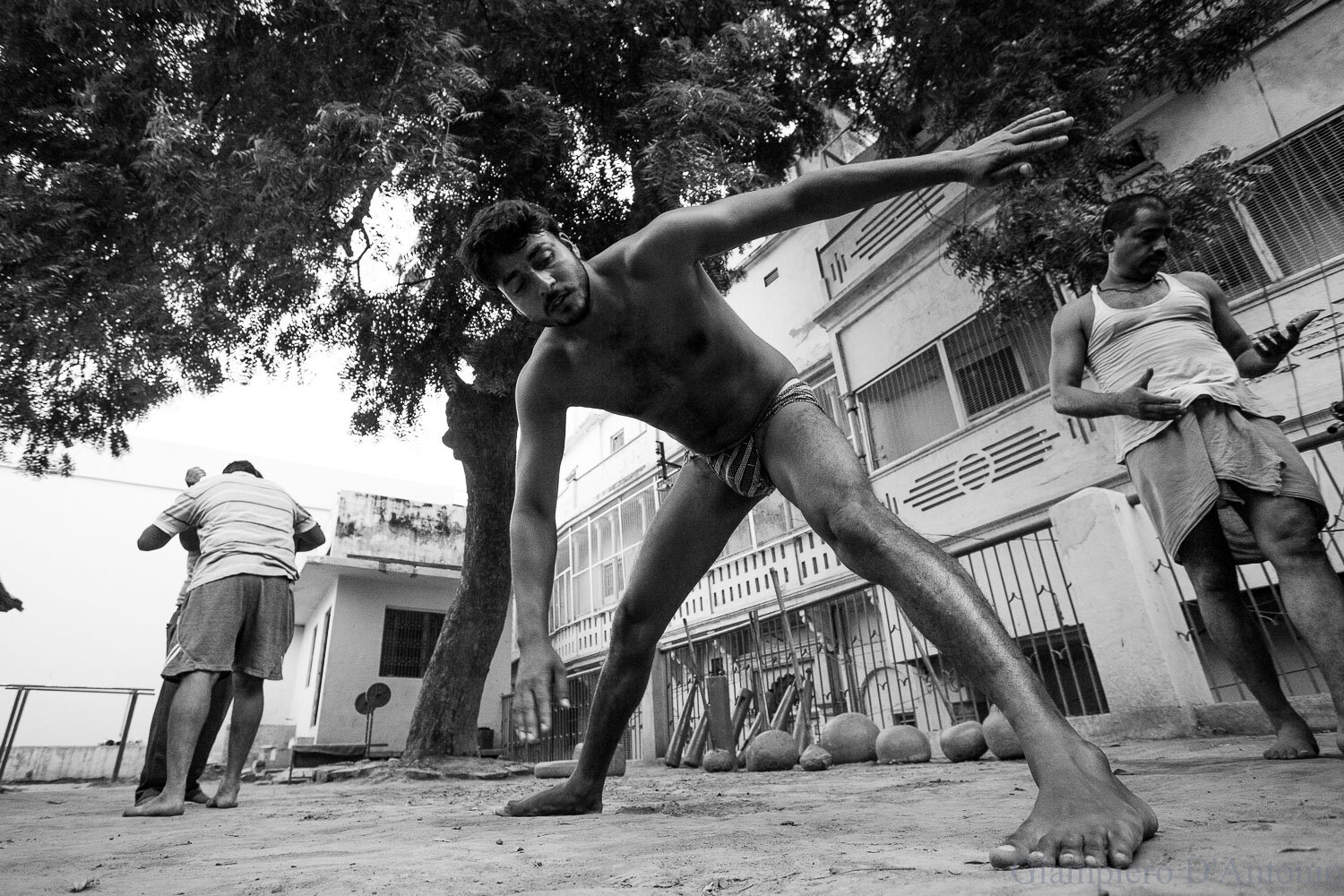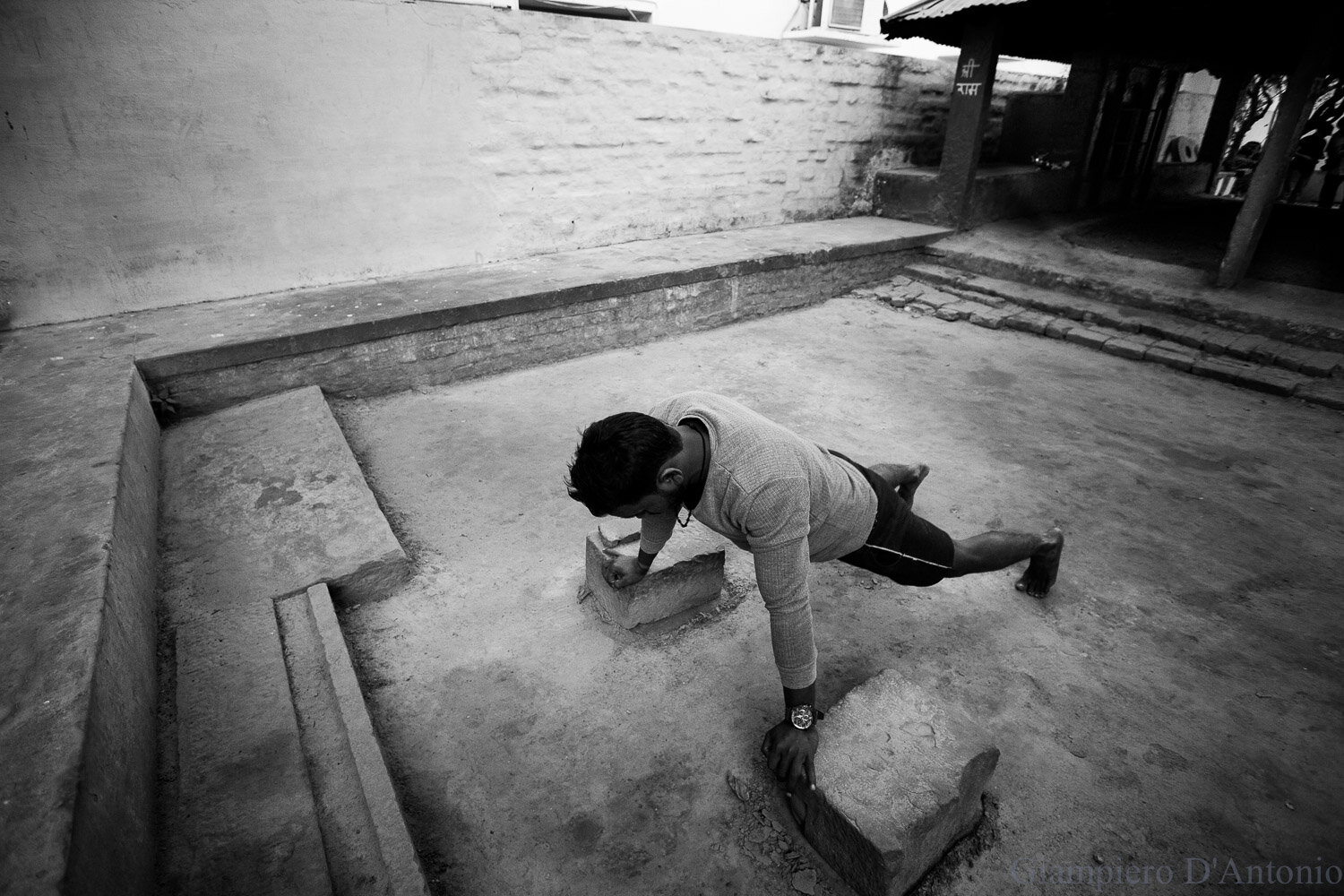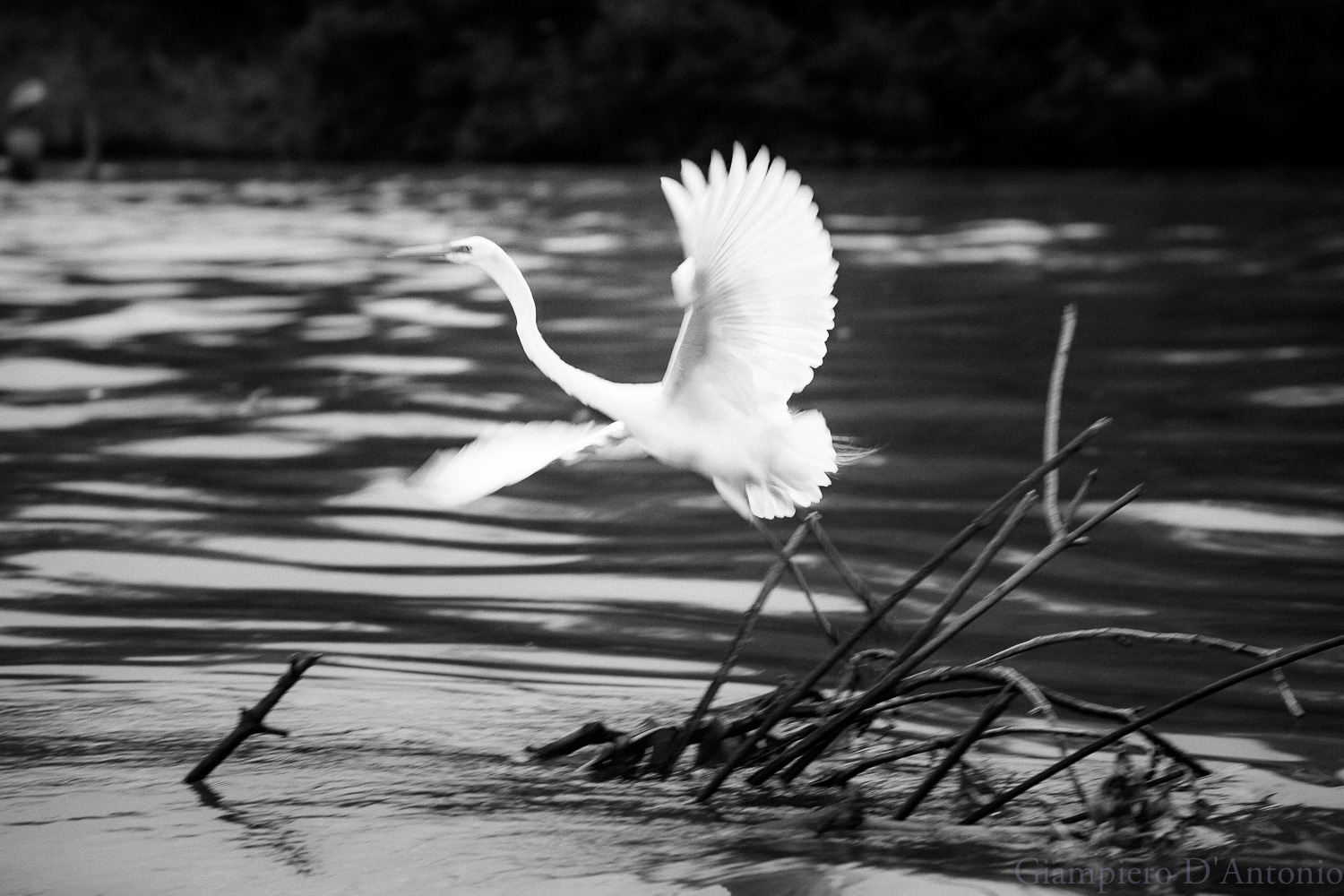It is just five o'clock in the morning and the Ganges is still shrouded in darkness, a blanket of fog protects these sacred waters and the human presence is reduced to a few individuals.
On the Ghats only a few worshippers , preparing for the morning rites on the Sacred River. The silence has just been broken by the swarm of a few small waves coming from the few boats that ply the river.
The lavenders have arrived and begin to prepare their primordial stations, which will see them curved in the sun for most of the day. The city is waking up and I'm heading for Tulsi Ghat, where one of the oldest wrestling gyms in the world, Tulsi akhara, is located.
The opening time should be 6 a.m., so I was told, the day before by a kind and burly member of the club, so, I walk with my rooms in the south direction, contemplating the first lights of the day that, tenuously, illuminate the Ganges, giving to It a touch of colour with a magical flavour.
After a walk of about half an hour, There are, again, a hundred steps that separate me from the entrance gate, so, I start climbing passing near a small temple just outside the gym, where a small group of faithful stood picking up, I'm finally at destination.
No one is yet on site but, time five minutes the buzz of the city rises by decibels and in bulk come the first members of the club and, a far more number of curious "photographers" from all parts of the Globe, I didn't know the place was so popular.
The Tulsi akhara on Tulsi Ghat, is believed to have been established more than 5,000 years ago. The day starts here with a prayer session at the tiny shrine behind the mud rink devoted to Lord Rama and Hanuman. They do some stretches, push-ups and squats as warm-up before trying their hand at different kushti equipment.
There are many levels of competitions open to the students and a talented student can even make his way to the national-level competition. What is amazing is that all of them pursue this as a passion and have other careers from insurance and banking to running a shop; some are students at schools and colleges.
The wrestling pit itself is filled with soft earth refilled at regular intervals from nearby fields. According to Siyaram Pehelwan, this is not just any mud — it is mud that is brought from nearby villages and seasoned by mixing it with turmeric, curd, mustard oil and neem leaves to infuse it with therapeutic properties so that the wrestlers stay healthy, and don’t catch any infection.
At present, kushti is only practiced in a handful of akharas. Even here, the future of the sport is uncertain due to dwindling funds and the falling number of students. There is a lot of pressure on traditional kushti schools to embrace international wrestling standards. But there is still hope with people like Siyaram, who are ensuring that this ancient art of body building stays afloat.









































